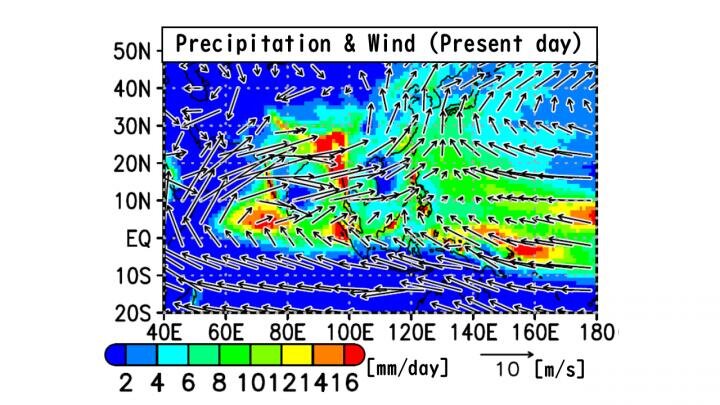

The linear trends reported by various studies are also explored and found that the trends are nonuniform throughout the nation. This chapter explores the systematic evolution of the studies of the extreme rainfall events over the Indian subcontinent and the regional characteristics.

Thus, understanding the characteristics of extreme events throughout India is important for the country's overall development. The extreme rainfall events aggravate developing countries like India since the country's 54.6% human resources are involved in agriculture and allied sectors. This rainfall is highly varying in the spatiotemporal domain and thus, leads to localized and organized extreme events in the form of floods on micro to mesoscale. The Indian summer monsoon rainfall from June to September plays a vital role in providing water for agricultural and other lively needs. The Indian subcontinent is home to 1.39 billion people, mainly dependent on the agrarian-based economy. The study highlights the regions affected with recurrent flood and necessitates adopting an integrated, multi-hazard, multi-stakeholder approach with an emphasis on self-reliance of the community for sustenance with local resources and practices. This flood has largely affected agricultural land (>77% of total basin), forests (~3%), and settlement (426 to 1758 km 2) affecting large wildlife and livelihood during 2015-2020.

The river discharge increases with cumulative effects of precipitation and melting of snow cover during late summer and monsoon season, and induced flood inundation in lower parts of basin. A very high (900-2000 mm) to extremely high (>2000 mm) monthly cumulative precipitation in the south and southeast -ern parts of basin led to high discharge (16,000 to 18,000 m 3 s-1) during July-August months. The study exhibited a very high precipitation during monsoon in the upper catchment resulting in severe flood inundation in downslopes of Brahmaputra Basin. The flood inundation was assessed using C-Band Sentinel 1A synthetic aperture radar (SAR) during 2015-2020 with precipitation patterns, runoff discharge, and their impacts on land cover in the basin. The present study is focused on the flood inundation in Brahmaputra Basin, which is one of the most recurrent and destructive natural disasters of the region. Finally, our analyses indicate that the dry and wet variations are strongly correlated with the El Niño/Southern Oscillation (ENSO).
WETTER OR MORE WET DRIVERS
Relationships between the six indices and climate variables show the major drought drivers have regional features: with mean temperature (TMP), precipitation total (PRE) and potential evapotranspiration (PET) for CAS5, and PRE and PET for NW. The nonlinear wet and dry variations are dominated by the 3-7 years oscillations for the indices. The contrasting trends between CAS5 and NW can also be revealed in soil moisture (SM) variations. The four PDSIs and SPEI reveal a wetting tendency over the northwestern China (NW: including Xinjiang Uygur Autonomous Region and Hexi Corridor). All drought indices except SPI show a drying trend over the five states of Central Asia (CAS5: including Kazakhstan, Kyrgyzstan, Tajikistan, Turkmenistan and Uzbekistan). The results show that there is an overall agreement among the indices in terms of inter-annual variation, especially for the PDSIs. These indices include the standardized precipitation index (SPI), the standardized precipitation evapotranspiration index (SPEI), the Palmer Drought Severity Index (PDSI) and self-calibrating PDSI (sc_PDSI) with both the Thornthwaite (th) and Penman-Monteith (pm) equations in PDSI calculation (namely, PDSI_th, PDSI_pm, sc_PDSI_th and sc_PDSI_pm). To examine the validity of this paradigm over land and evaluate how usage of drought indices estimated from different hydrological variables affects detection of regional wet/dry trends, we take the arid regions of Central Asia as a case study area and estimate the drying and wetting trends during the period of 1950-2015 based on multiple drought indices. However, it has also been usually considered as a simplified pattern of regional changes in wet/dry under global warming, although GCMs mostly do not agree this pattern over land. The “dry gets drier, wet gets wetter” (DGDWGW) paradigm well describes the pattern of precipitation changes over the oceans.


 0 kommentar(er)
0 kommentar(er)
